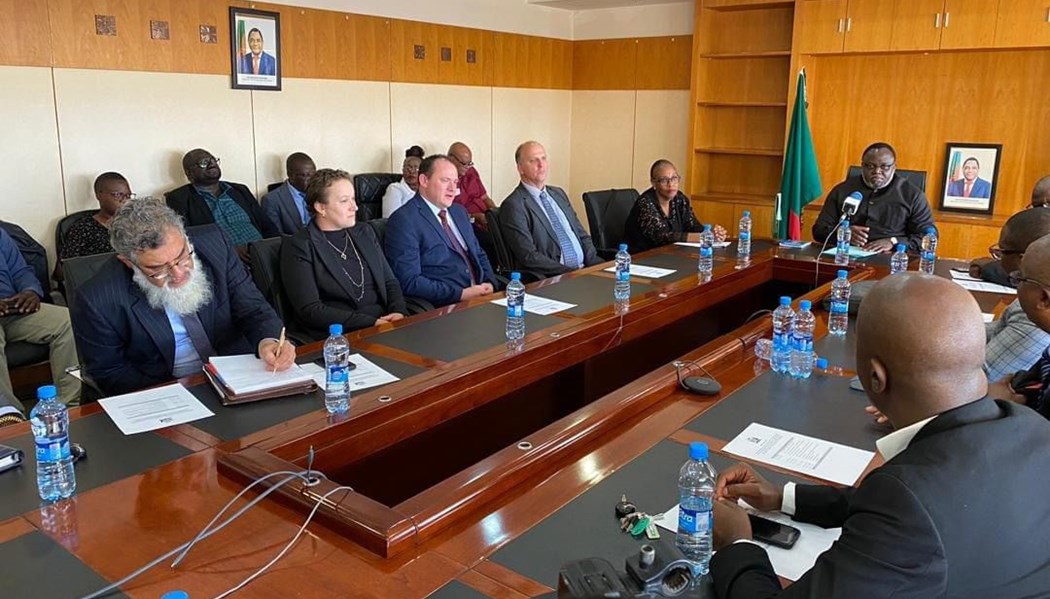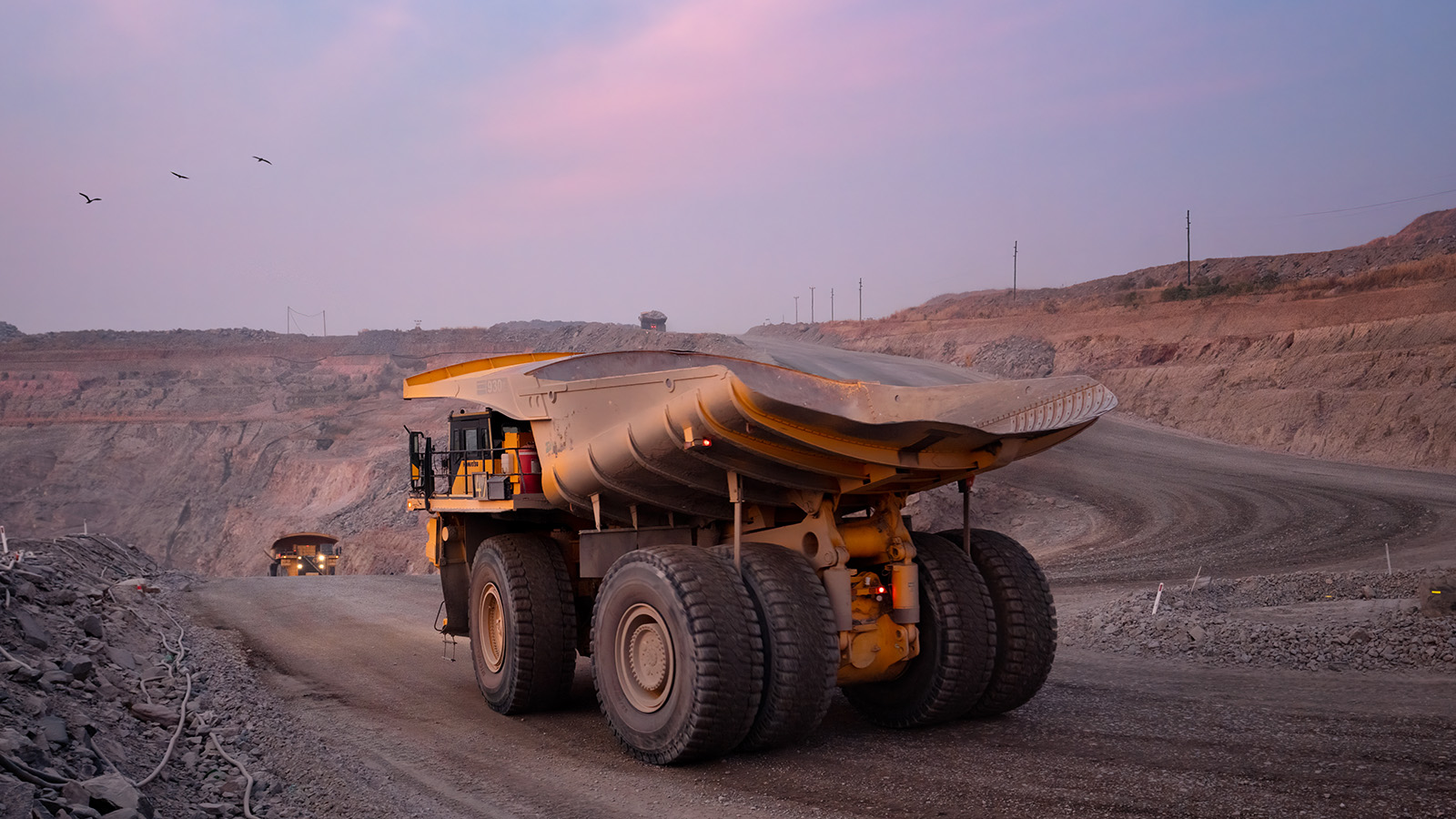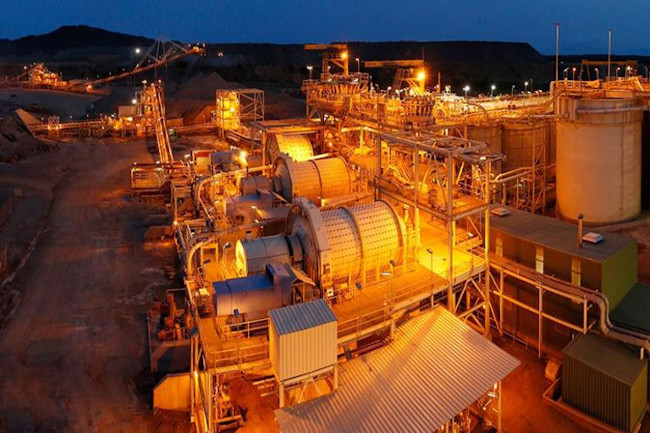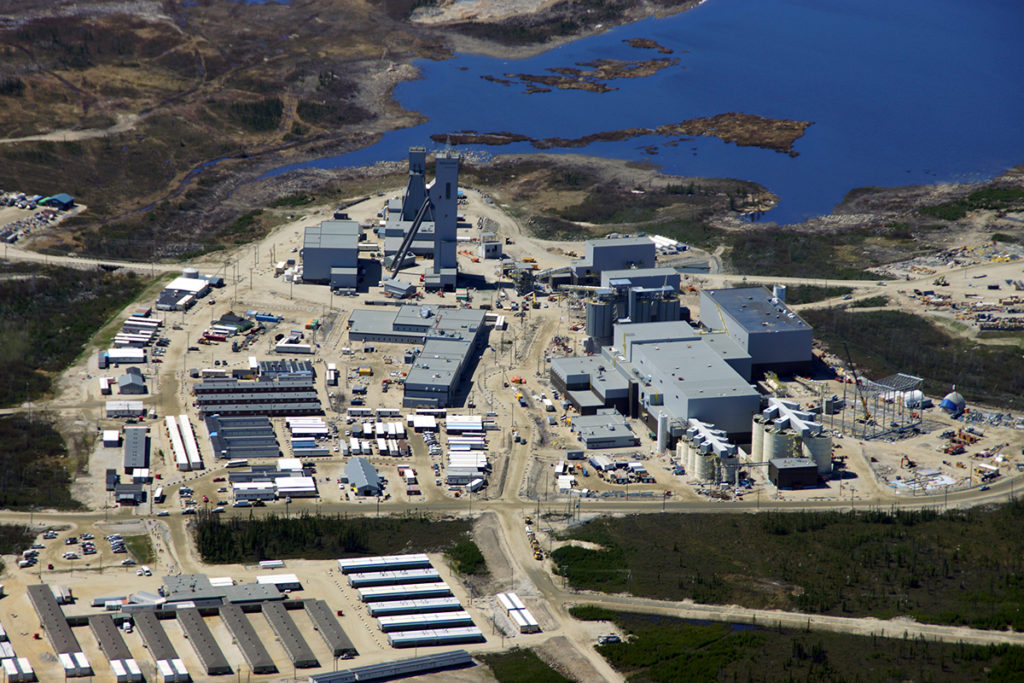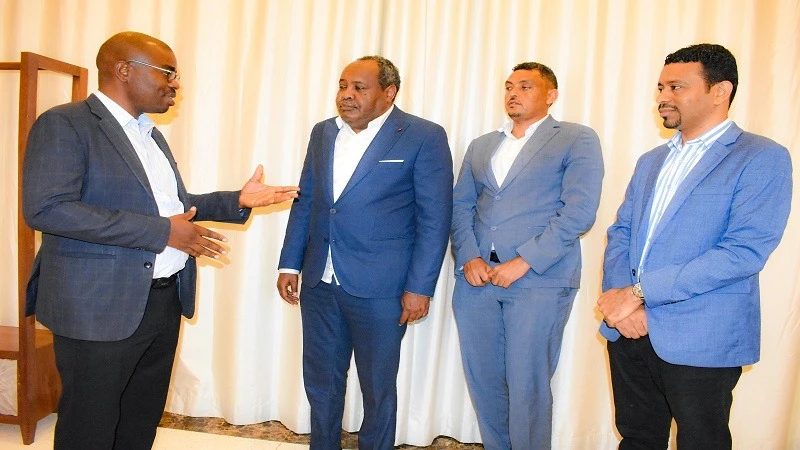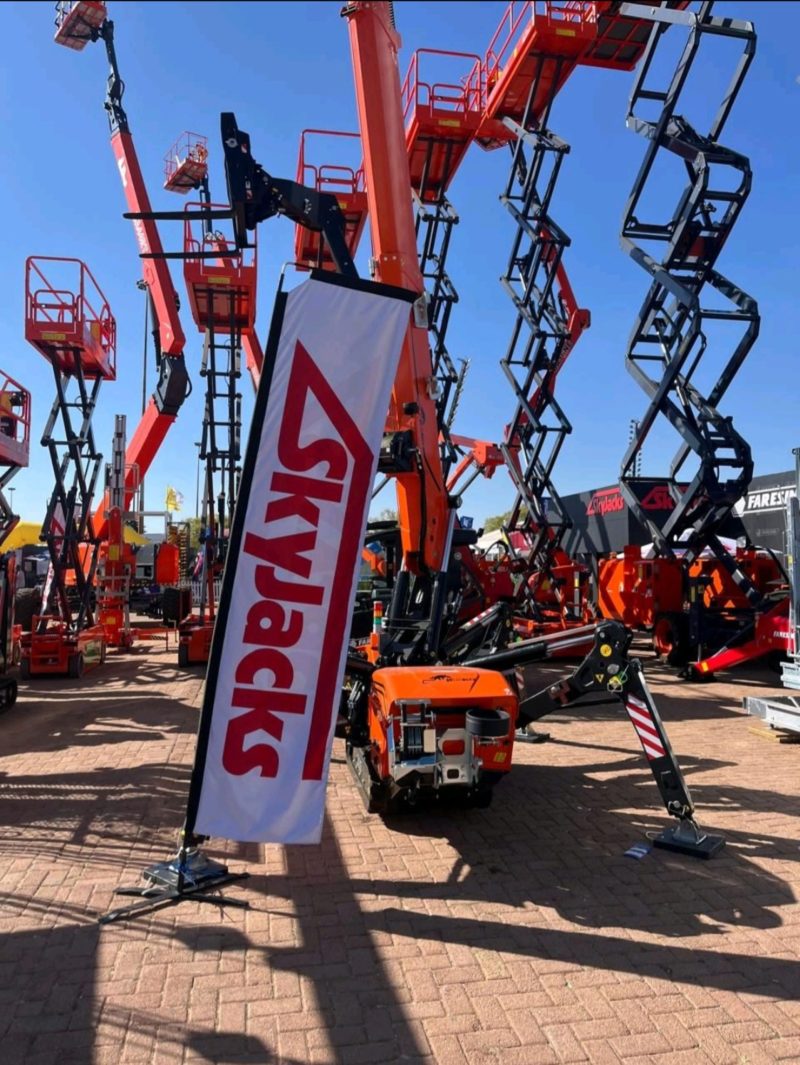Mining Other

Exxaro’s R11.67B Manganese Acquisition Reshapes South African Mining

Understanding the Scale of Exxaro's Strategic Transformation
Exxaro Resources' R11.67 billion Exxaro manganese acquisition represents far more than a simple asset purchase. This comprehensive deal positions the South African mining giant as a dominant force within the Kalahari Manganese Field, fundamentally reshaping its operational framework and strategic direction.
The acquisition encompasses multiple high-value assets that collectively transform Exxaro's market positioning. The crown jewel is a 60.1% stake in Tshipi Borwa Mine, which produces approximately 3.5 million tonnes annually and ranks as South Africa's largest manganese operation. Additionally, the deal includes a 51% interest in Mokala Mine with its 1.5 million tonnes capacity, plus 100% ownership of Ntsimbintle Marketing, providing complete control over sales channels.
Key Asset Breakdown:
- Tshipi Borwa Mine: 60.1% ownership, 3.5Mt annual capacity
- Mokala Mine: 51% ownership, 1.5Mt annual capacity
- Ntsimbintle Marketing: 100% ownership, full sales control
- Various smaller stakes: Strategic positioning assets
This portfolio expansion creates immediate scale advantages within one of the world's most concentrated mineral districts. Furthermore, the Kalahari Manganese Field contains approximately 70-80% of global manganese reserves, positioning Exxaro within a region that controls the majority of worldwide supply.
From Coal Dependency to Critical Minerals Leadership
The Exxaro manganese acquisition fundamentally alters the company's revenue composition and risk profile. Historically, coal revenues dominated Exxaro's income streams, creating vulnerability to energy transition trends and commodity price volatility. This strategic pivot creates a balanced portfolio spanning both traditional energy and critical transition minerals.
The transformation addresses multiple strategic imperatives simultaneously. Coal operations continue generating stable cash flows through existing contracts, particularly the R6 billion annual revenue from Eskom supply agreements. Meanwhile, manganese assets provide exposure to growing battery and steel markets, creating diversification that extends well beyond traditional mining investments.
Strategic Benefits of the Transformation:
- Reduced dependence on coal price volatility
- Exposure to energy transition commodity demand
- Geographic concentration within premium ore districts
- Integrated marketing capabilities through Ntsimbintle
The timing proves particularly advantageous as global manganese demand accelerates. Traditional steel production accounts for 90% of current manganese usage, while emerging applications in battery cathode materials and energy storage systems create additional growth vectors. This dual-demand structure provides revenue stability during commodity cycles while offering upside exposure to technological transitions.
Why Manganese Over Other Critical Minerals?
Exxaro's selection of manganese over other critical minerals reflects careful analysis of market fundamentals and operational advantages. Unlike copper, vanadium, or nickel alternatives that the company previously considered, manganese offers unique characteristics that align with Exxaro's strategic capabilities and market positioning.
The Northern Cape's manganese deposits provide several operational advantages that enhance project economics. High-grade ore concentrations reduce processing costs compared to lower-grade alternatives, while established rail infrastructure to export terminals eliminates major capital expenditure requirements. The region's skilled local workforce with extensive mining expertise further reduces operational risks and training costs.
Manganese demand spans both traditional steel production and emerging battery technologies, creating dual revenue streams that hedge against market volatility.
Competitive Advantages of South African Operations:
- Superior ore grades reducing processing costs
- Existing transport infrastructure to ports
- Established skilled workforce reducing labour risks
- Regulatory stability compared to other African jurisdictions
- Proximity to major steel-producing regions
Market timing also favoured manganese selection. Global steel production continues expanding, particularly in developing economies requiring infrastructure development. Simultaneously, electric vehicle battery production creates new demand sources for manganese sulfate, providing growth optionality beyond traditional applications.
Financial Implications and Shareholder Value Creation
Exxaro's funding approach demonstrates disciplined capital allocation and strong balance sheet management. The company's decision to finance the acquisition through existing R18.3 billion cash reserves (as of June 2025) and undrawn credit facilities avoids dilutive equity raises while preserving dividend capacity for shareholders.
This funding structure reflects management's confidence in both deal economics and ongoing cash generation capability. The acquisition becomes earnings accretive from the first full year of operations, while maintaining the company's dividend policy with potential for enhanced returns as manganese operations reach full production.
Expected Financial Impact:
- Immediate earnings accretion upon completion
- Maintained dividend policy with enhancement potential
- Revenue diversification reducing coal price exposure
- Strengthened balance sheet through asset diversification
Market response validates the strategic rationale, with Exxaro's share price improving 20% following the announcement. UBS analysts established a R210 target price, suggesting further upside potential based on defensive cash flow characteristics, compelling valuation metrics relative to peers, and excess cash return potential.
However, the transaction multiple appears attractive when considering replacement costs and comparable transactions within the manganese sector. Acquiring established, operating assets with existing infrastructure and marketing channels provides immediate value that would require years to develop through greenfield investments.
Competitive Positioning and Market Consolidation Opportunities
The Exxaro manganese acquisition creates significant leverage for future consolidation moves within the Kalahari Manganese Field. With controlling interests in multiple operations, Exxaro gains strategic positioning that extends well beyond immediate production capabilities. This development aligns with broader mining consolidation trends affecting the industry.
Potential Consolidation Targets:
Jupiter Mines represents the most obvious acquisition candidate, given its existing partnership role in Tshipi Borwa operations. Jupiter's remaining 39.9% stake could provide Exxaro with complete operational control while eliminating joint venture complexities.
South32's Hotazel operations through the Samancor joint venture with Anglo American present another consolidation opportunity. Both parent companies face strategic pressures to optimise portfolios, potentially creating acquisition windows for well-positioned buyers like Exxaro.
Anglo American's broader manganese interests may become available as the company focuses on premium assets following recent strategic reviews. Exxaro's established regional presence provides natural synergies for any potential Anglo manganese divestments.
Competitive Positioning Analysis:
| Company | Geographic Focus | Production Capacity | Strategic Advantages |
| Exxaro (post-acquisition) | South Africa | 5+ million tonnes | Integrated marketing, local expertise |
| South32 | Australia/SA | 4.2 million tonnes | Diversified portfolio |
| Vale | Brazil | 1.8 million tonnes | Integrated steel operations |
This competitive positioning provides Exxaro with pricing power and supply chain control that extends throughout the manganese value chain. Consequently, regional concentration within the Kalahari field creates operational synergies and cost advantages that international competitors cannot easily replicate.
Regulatory and Operational Risk Management
The Exxaro manganese acquisition faces several completion requirements that management must navigate carefully. The Q1 2026 target for deal closure requires successful navigation of multiple approval processes, each presenting potential delays or complications.
Critical Completion Requirements:
- Competition authority clearance from South African regulators
- Mining rights transfer procedures and approvals
- Environmental compliance verification and transfers
- Regulatory approval processes across multiple jurisdictions
Integration complexity presents operational challenges that extend beyond regulatory approvals. For instance, combining multiple mining operations with different ownership structures requires careful coordination to realise projected synergies without disrupting existing production.
Integration Management Priorities:
- Operational synergy realisation across four mine sites
- Marketing integration through Ntsimbintle platform
- Management system harmonisation for efficiency gains
- Workforce integration and cultural alignment
The technical aspects of manganese operations also present unique challenges. Unlike coal mining, manganese extraction requires different processing technologies and quality control systems. Exxaro's learning curve in manganese operations may impact short-term efficiency metrics while the company builds operational expertise.
However, the company's extensive mining experience and strong management capabilities provide foundation for successful integration. The retention of existing operational teams at acquired assets helps preserve institutional knowledge while Exxaro implements its operational standards.
How Does Manganese Support Global Energy Transition?
The timing of Exxaro's manganese investment aligns strategically with accelerating global renewable energy transformations. Manganese plays crucial roles in both traditional steel applications and emerging green technologies, creating multiple demand drivers that support long-term price stability.
Electric vehicle battery production represents the fastest-growing manganese demand segment. Battery-grade manganese sulfate commands premium pricing compared to steel-grade materials, providing value enhancement opportunities for producers capable of meeting stringent quality requirements.
Grid-scale energy storage systems create additional demand vectors as renewable energy deployment accelerates globally. These applications require high-purity manganese compounds that command premium pricing and provide stable, long-term contracts.
Steel industry decarbonisation drives premium ore demand as steelmakers optimise production efficiency. Higher-grade manganese ores reduce energy consumption and emissions during steel production, creating value premiums for quality-focused suppliers.
Manganese Applications Driving Demand:
- Steel production: 90% of current usage, stable baseline demand
- Battery cathode materials: High-growth, premium pricing segment
- Renewable energy storage: Long-term contracts, stable pricing
- Infrastructure development: Emerging market growth driver
This diversified demand structure provides Exxaro with revenue stability during commodity cycles while offering upside exposure to energy transition acceleration. Furthermore, the company's marketing control through Ntsimbintle enables direct relationships with end-users, capturing additional value chain margins.
Strategic Balance Between Traditional and Transition Minerals
Rather than abandoning coal entirely, Exxaro's strategy maintains exposure to baseload energy while building positions in transition minerals. This balanced approach reflects realistic assessment of energy transition timelines and provides multiple strategic advantages as highlighted by industry transformation insights.
Coal operations continue generating substantial cash flows that fund diversification investments and shareholder returns. The R6 billion annual Eskom contract provides predictable revenue streams that underpin dividend payments and capital allocation flexibility.
Renewable energy expansion from 229MW to 450MW by 2027 demonstrates commitment to clean energy while leveraging existing infrastructure and expertise. This measured approach avoids the execution risks associated with dramatic strategic pivots.
Strategic Benefits of Balanced Approach:
- Revenue stability during energy transition periods
- Optionality for future strategic adjustments
- Risk mitigation across commodity cycles
- Cash flow predictability supporting shareholder returns
The strategy recognises that energy transition will occur over decades rather than years. Coal demand may decline gradually in developed markets while remaining stable or growing in developing economies requiring affordable baseload power. This extended timeline provides opportunities for value extraction from existing assets while building alternative revenue streams.
What are the South African Mining Sector Implications?
The Exxaro manganese acquisition strengthens South Africa's position in global critical mineral markets while creating opportunities for broader value chain development. The transaction demonstrates that South African mining companies can execute significant consolidation moves when supported by strong balance sheets and strategic vision.
Domestic value chain development opportunities emerge from increased manganese production scale. Processing facilities for battery-grade manganese compounds could capture additional value while creating skilled employment in historically disadvantaged regions.
Export revenue diversification reduces South Africa's dependence on gold and platinum group metals, providing currency stability and trade balance improvements. In addition, manganese exports generate hard currency earnings that support broader economic development initiatives.
Regional Economic Impact:
- Direct mining employment across four operations
- Indirect economic activity in Northern Cape region
- Infrastructure development supporting community needs
- Technology transfer opportunities for local suppliers
The acquisition also demonstrates successful Black Economic Empowerment implementation within large-scale mining transactions. Exxaro's transformation credentials enable access to mining rights and government support that international competitors cannot easily replicate.
Skills development in critical minerals creates transferable expertise that supports broader mining sector competitiveness. Manganese processing technologies share similarities with other battery metals opportunities, providing foundation for future diversification initiatives.
Future Strategic Options and Growth Pathways
With the manganese foundation established, Exxaro's strategic options extend well beyond immediate production capabilities. The company's strengthened position within the Kalahari Manganese Field creates multiple pathways for value creation and growth acceleration.
Additional consolidation within the region remains the most obvious expansion opportunity. Complete control of Tshipi Borwa through Jupiter Mines acquisition would eliminate joint venture complexities while capturing additional production capacity. Similarly, acquiring Hotazel assets would create the world's largest manganese operation under single ownership.
Downstream processing capabilities represent significant value enhancement opportunities. Battery-grade manganese compounds command substantial premiums over steel-grade materials, while processing facilities create local employment and capture additional value chain margins.
Strategic Expansion Options:
- Complete Tshipi Borwa acquisition from Jupiter Mines
- Hotazel consolidation through South32/Anglo partnerships
- Battery-grade processing facility development
- Regional manganese field optimisation
Renewable energy expansion beyond the current 450MW target leverages existing land holdings and grid connections. Manganese operations require substantial power inputs, creating natural hedging opportunities through renewable energy integration.
Coal optimisation for extended operational life provides option value during energy transition periods. Exxaro controls significant coal resources that could represent 50% of total South African production if fully developed, creating substantial strategic flexibility.
The combination of defensive coal cash flows, growth-oriented manganese operations, and renewable energy development creates a resilient business model capable of navigating various economic scenarios. This diversified approach provides shareholders with stable dividends, growth optionality, and strategic flexibility that pure-play mining companies cannot match.
Investment decisions should be based on comprehensive due diligence and individual risk tolerance. Commodity prices and mining operations carry inherent volatility and operational risks that may affect returns. This analysis is for informational purposes and should not constitute investment advice.




